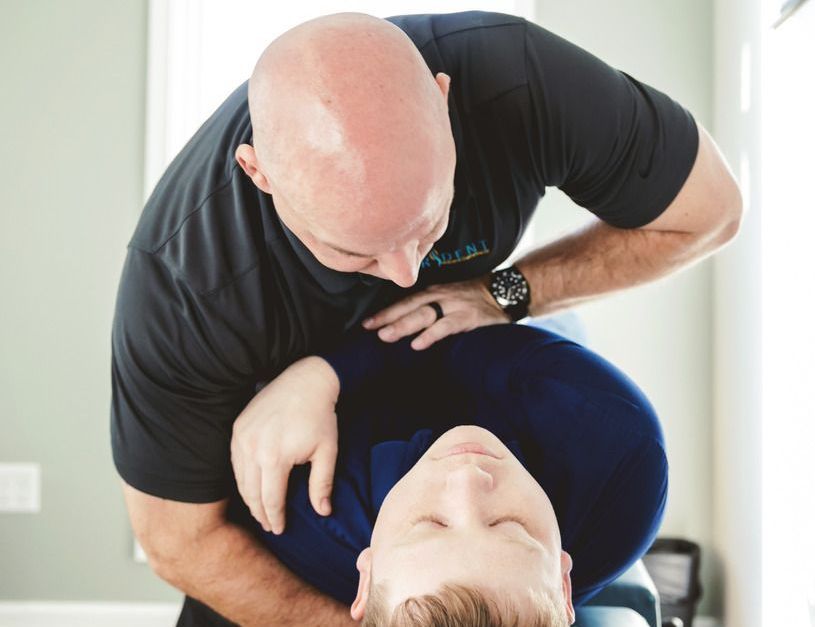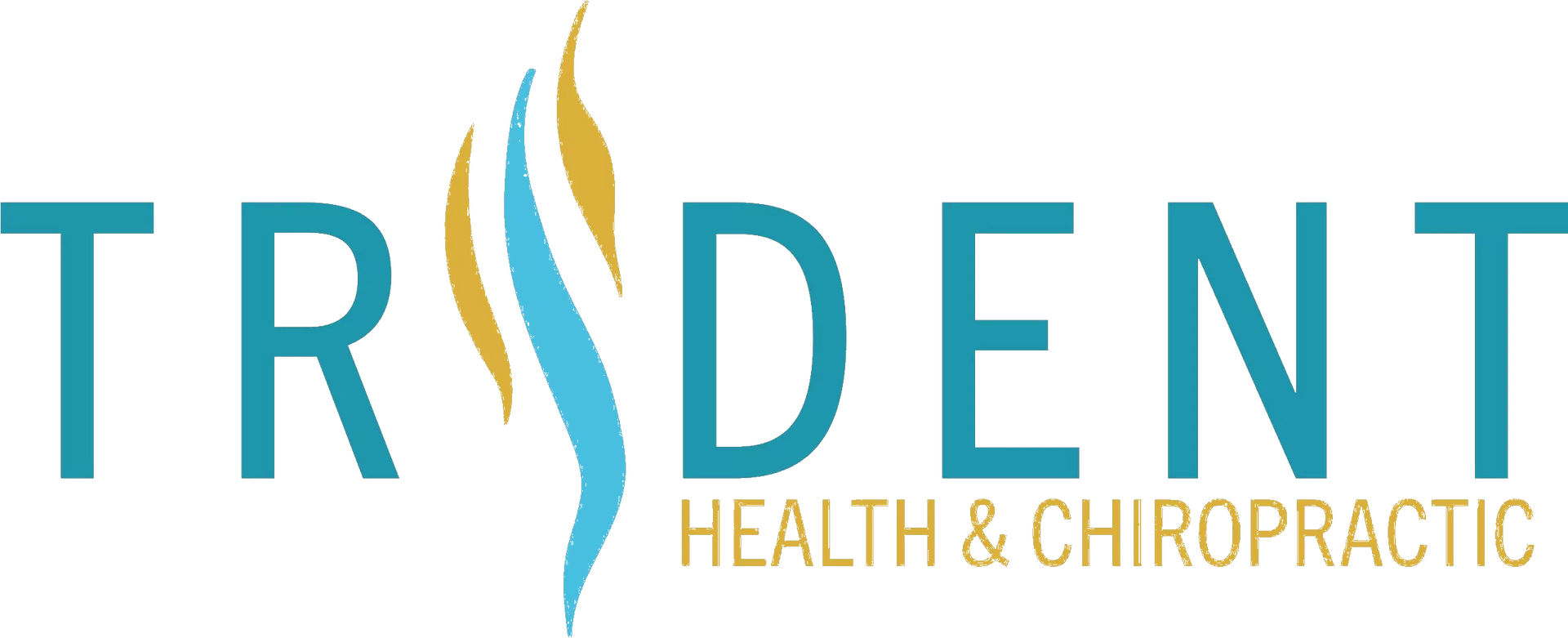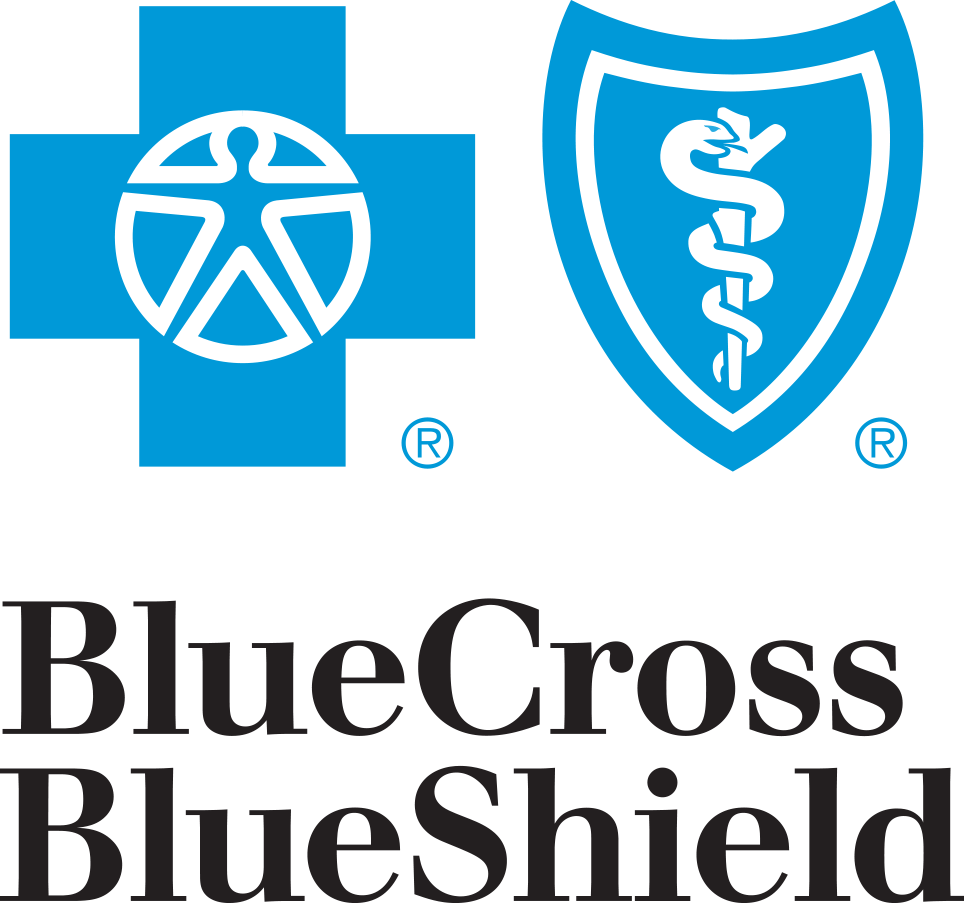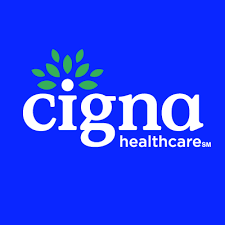Do you suffer from abnormal spinal curves? This could be Scoliosis. Many individuals suffer from severe abnormal curves of the spine that impact posture, cause pain, and prevent proper development. At Trident Health & Chiropractic, we offer scoliosis treatment in Spartanburg, South Carolina. We specialize in helping patients dealing with scoliosis and finding a path to correct the curvature of the spine.

All About Scoliosis
Scoliosis is a condition where the spine curves in an abnormal way. It can arise due to various factors, with causes ranging from genetic predispositions to environmental influences.
While the exact cause of scoliosis is often unknown (idiopathic scoliosis), it can also be associated with neuromuscular conditions, congenital spinal malformations, and other disorders. In many cases, scoliosis appears during the growth spurt just before puberty, making early detection and treatment crucial for managing the condition effectively.
Types of Scoliosis
Scoliosis is categorized into several types based on its cause and the age at which it appears. Understanding these types helps in diagnosing the condition accurately and tailoring treatment plans effectively.
Here are the primary types of scoliosis:
- Idiopathic Scoliosis: The most common type, where the cause is unknown. It's further classified based on the age of onset:
- Infantile Idiopathic Scoliosis: Occurs in children aged 0-3 years.
- Juvenile Idiopathic Scoliosis: Develops in children aged 4-10 years.
- Adolescent Idiopathic Scoliosis: Appears in children aged 11-18 years, the most common period for the onset of scoliosis.
- Congenital Scoliosis: This type is present at birth and results from a malformation of the spine during fetal development. It can be due to one or more vertebrae being improperly formed, leading to the spinal curvature.
- Neuromuscular Scoliosis: Caused by neurological or muscular diseases, such as cerebral palsy, muscular dystrophy, or spina bifida. This type of scoliosis is often more severe and progresses more rapidly than other forms.
- Degenerative Scoliosis: Develops later in life due to the degeneration of the spinal discs and joints. It can be related to aging, osteoporosis, or previous back surgeries.
- Syndromic Scoliosis: Associated with various syndromes that affect the body, such as Marfan Syndrome or Ehlers-Danlos Syndrome. This type occurs as part of a larger pattern of symptoms affecting the individual.
Symptoms of Scoliosis
The symptoms of scoliosis can vary significantly from person to person, depending on the severity and location of the spinal curvature. Scoliosis in children and scoliosis in adults all share similarities.
Common signs include:
- Uneven Shoulders: One shoulder may appear higher than the other.
- Prominent Shoulder Blade: One shoulder blade may be more prominent or stick out more than the other.
- Uneven Waist: The waist may appear uneven, with one side being higher.
- Leaning to One Side: The body may tilt to one side, not aligning properly with the pelvis.
- Uneven Hip Height or Position: Similar to the shoulders, one hip may be higher or more pronounced.
- Ribs Sticking Out on One Side: In more severe cases, the ribs on one side may protrude more than on the other side.
- Back Pain: While not always present, some individuals may experience back pain or discomfort due to the curvature of the spine.
- Difficulty Breathing: Severe cases of scoliosis can lead to reduced lung capacity, making it hard to breathe.
It's important to note that scoliosis can progress over time, especially during periods of rapid growth. Early detection and monitoring are key to preventing severe curvature and associated symptoms.
Scoliosis Treatment Options
Scoliosis treatment options vary based on the severity of the curve, the age of the patient, and whether the curve is worsening. Here's an overview of the main treatment approaches:
Monitoring
Used for: Mild scoliosis (curves less than 20 degrees) in children who are still growing.
Approach: Regular check-ups with a healthcare provider to monitor the curve's progression, often every 4 to 6 months.
Chiropractic Care
Used for: All levels of scoliosis to strengthen the muscles around the spine, improve posture, and in some cases, relieve pain.
Approach: A combination of spinal adjustments, therapeutic exercises, and possibly adjunctive therapies aimed at reducing pain, improving spinal function, and halting the progression of the spinal curvature.
Bracing
Used for: Patients who are still growing with moderate scoliosis (curves between 20 and 40 degrees).
Approach: Wearing a brace to prevent further curvature of the spine. The brace doesn't usually correct the curve but can help to stop it from worsening. The type of brace used can vary depending on the degree of curvature.
Movement
Used for: All levels of scoliosis to strengthen the muscles around the spine, improve posture, and in some cases, relieve pain.
Approach: Tailored exercises and stretches designed to address the individual's specific curvature and symptoms.
Surgical Options
Spinal Fusion: The most common surgical treatment for severe scoliosis (curves greater than 40-45 degrees) in both children and adults. It involves joining two or more vertebrae together so they can heal into a single, solid bone, aiming to reduce the severity of the curve and prevent it from getting worse.
Vertebral Body Tethering (VBT):
A less invasive surgical option for some adolescents with scoliosis, where a flexible cord is attached to the spine to support straight growth.
Scoliosis Treatment in Spartanburg, South Carolina
If you are seeking scoliosis treatment in Spartanburg then we invite you to book an appointment with our team at Trident Health & Chiropractic to discuss your options. Our team will meet with you to develop a customized treatment plan to meet your unique needs.




